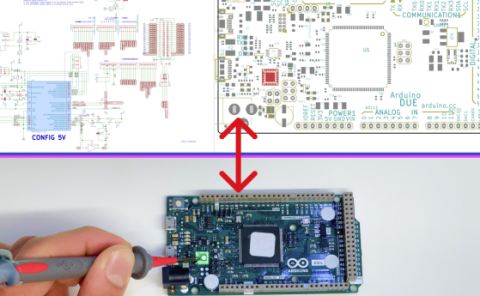Gaze-Aware Streaming Solutions for the Next Generation Of Mobile VR Experiences
PubDate: January 2018
Teams: KTH Royal Institute of Technology
Writers: Pietro Lungaro; Rickard Sjöberg; Alfredo José Fanghella Valero; Ashutosh Mittal; Konrad Tollmar
PDF: Gaze-Aware Streaming Solutions for the Next Generation of Mobile VR Experiences

Abstract
This paper presents a novel approach to content delivery for video streaming services. It exploits information from connected eye-trackers embedded in the next generation of VR Head Mounted Displays (HMDs). The proposed solution aims to deliver high visual quality, in real time, around the users’ fixations points while lowering the quality everywhere else. The goal of the proposed approach is to substantially reduce the overall bandwidth requirements for supporting VR video experiences while delivering high levels of user perceived quality. The prerequisites to achieve these results are: (1) mechanisms that can cope with different degrees of latency in the system and (2) solutions that support fast adaptation of video quality in different parts of a frame, without requiring a large increase in bitrate. A novel codec configuration, capable of supporting near-instantaneous video quality adaptation in specific portions of a video frame, is presented. The proposed method exploits in-built properties of HEVC encoders and while it introduces a moderate amount of error, these errors are indetectable by users. Fast adaptation is the key to enable gaze-aware streaming and its reduction in bandwidth. A testbed implementing gaze-aware streaming, together with a prototype HMD with in-built eye tracker, is presented and was used for testing with real users. The studies quantified the bandwidth savings achievable by the proposed approach and characterize the relationships between Quality of Experience (QoE) and network latency. The results showed that up to 83% less bandwidth is required to deliver high QoE levels to the users, as compared to conventional solutions.

